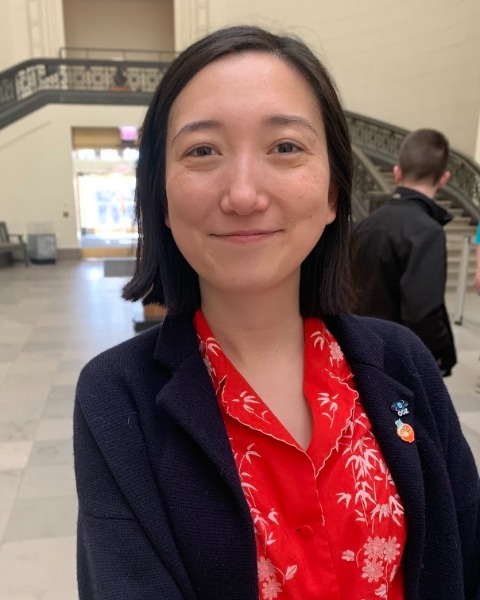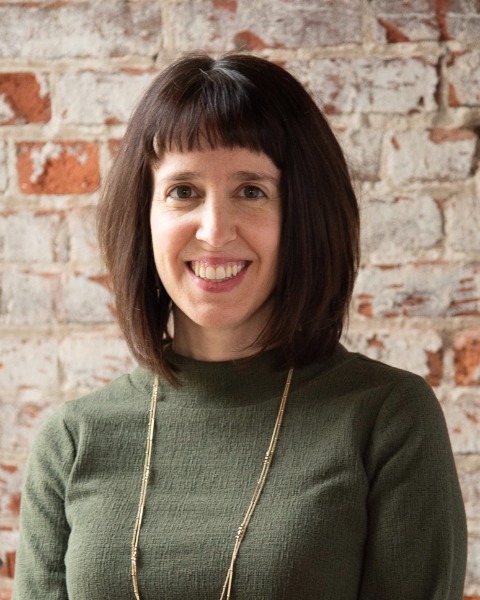Transportation
Public Art as a Solution to Transportation Issues
Monday, April 15, 2024
9:30 AM - 12:30 PM CT
Location: Mobile Workshop Departure Area
CM | 2.25
Ticket Price: $30Division Endorsement: Transportation Planning Division

Mark Granlund
Saint Paul, MN

Jenny Ackerson
Minneapolis, Minnesota

Berry Farrington, AICP
Minneapolis, MN

Christina Morrison
Minneapolis, Minnesota
Lead Mobile Workshop Coordinator(s)
Mobile Workshop Coordinator(s)
Tour of Metro Transit facilities along Lake Street, in South Minneapolis, where public art has been incorporated to address maintenance issues and to enhance community engagement.
At the various sites of this mobile workshop, public art has been used to address challenges in maintenance and community engagement and perception. Graffiti and vandalism lead to high maintenance in time and costs. Public art surfaces are vandalized and graffitied less than non-public art surfaces. Thus, installation of public art has lowered costs and cleaning time when compared with repeated painting and repair. This is part of our non-policing solutions to graffiti and vandalism. Surrounding communities have felt disconnected and unwelcomed to facilities due to a lack of their reflecting the surrounding community, diversity heritage/identities, and vibrant arts culture. Through the hiring of diverse local artists and engaging the community members around public art development (surveys, Public Art Selection Committees), surrounding communities are welcomed and represented in transit spaces. Complimentary actions include partnering to plan spaces in which cultural and community activities can happen at transit facilities. Program success has increased demand from transit departments to plan and implement new art projects, thus alleviating the challenge of funding a public arts program. The results being transit facilities seen as a community asset beyond just getting from point A to B.
Applying a public art lens to the issues of planning around facility maintenance and community engagement in transit, participants will learn methods for inclusion of community members into the planning and implementation stages of public art, as well as steps to incorporate community and cultural activities into a public space.
At the various sites of this mobile workshop, public art has been used to address challenges in maintenance and community engagement and perception. Graffiti and vandalism lead to high maintenance in time and costs. Public art surfaces are vandalized and graffitied less than non-public art surfaces. Thus, installation of public art has lowered costs and cleaning time when compared with repeated painting and repair. This is part of our non-policing solutions to graffiti and vandalism. Surrounding communities have felt disconnected and unwelcomed to facilities due to a lack of their reflecting the surrounding community, diversity heritage/identities, and vibrant arts culture. Through the hiring of diverse local artists and engaging the community members around public art development (surveys, Public Art Selection Committees), surrounding communities are welcomed and represented in transit spaces. Complimentary actions include partnering to plan spaces in which cultural and community activities can happen at transit facilities. Program success has increased demand from transit departments to plan and implement new art projects, thus alleviating the challenge of funding a public arts program. The results being transit facilities seen as a community asset beyond just getting from point A to B.
Applying a public art lens to the issues of planning around facility maintenance and community engagement in transit, participants will learn methods for inclusion of community members into the planning and implementation stages of public art, as well as steps to incorporate community and cultural activities into a public space.
Learning Objectives:
- Provide public arts-based solutions for dealing with graffiti and vandalism resulting in more welcoming and cleaner transit spaces.
- Incorporate community engagement into planning process via public art and its role in placemaking, community identity, beautification, and safety.
- Approach transit issues through a public art lens involving staff, community members, and artists while planning opportunities for collaboration, project challenges, and outcomes.
